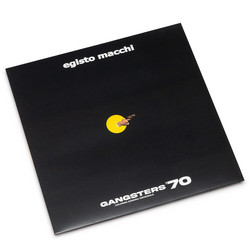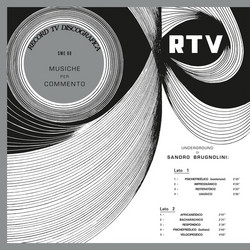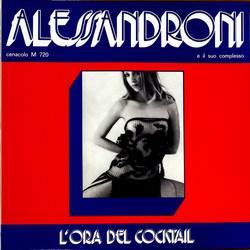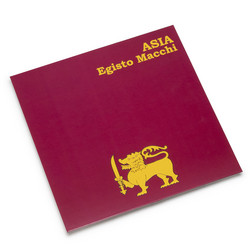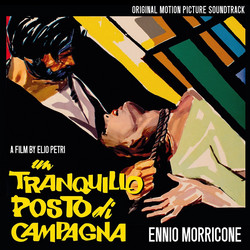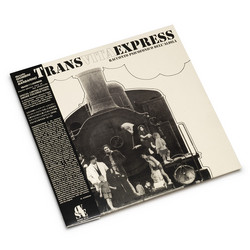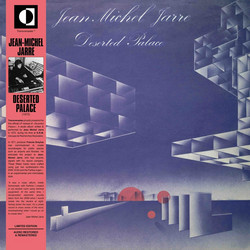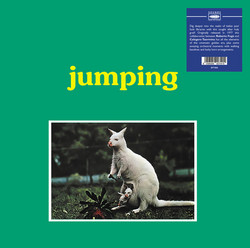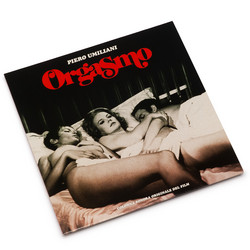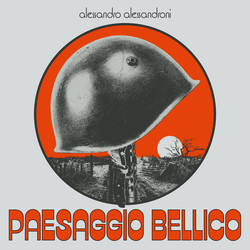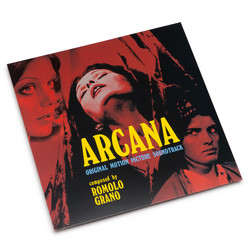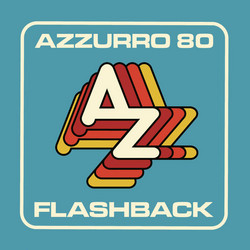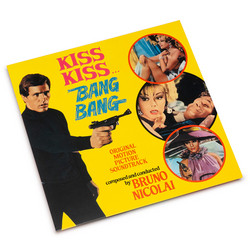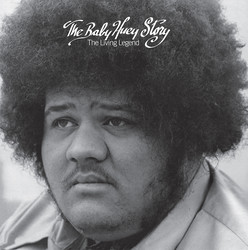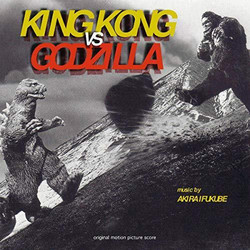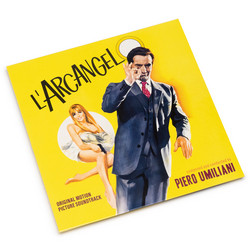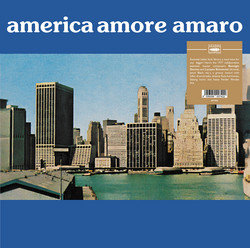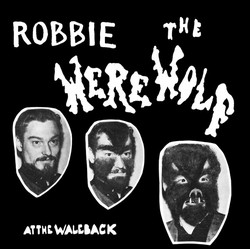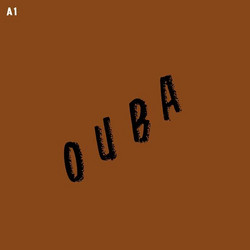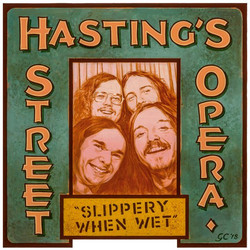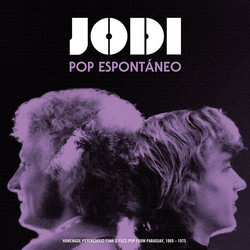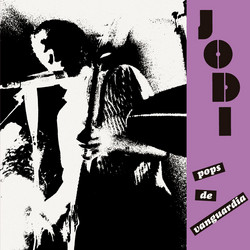"Inspired by the aural collage of The Beatles' 'Revolution Number 9,' Bill Holt quit his straight job in 1972 to follow his musical muse, hoarding various electronic gadgets and an acoustic guitar and holing up in his basement. He emerged a year later with Dreamies, one of the finest pieces of experimental pop from the era." --All Music Guide
- "The overall effect is something like a primordial Olivia Tremor Control, and easily as wild and unfettered as anything The Residents were doing in the '70s. Dreamies has its obvious and acknowledged influences -- The Beatles, Terry Riley and John Cage chief among them -- but it's also clearly the work of an untutored auteur dissecting his own mind in the basement on reel-to-reel." --Pitchfork. Dreamies is ranked #37 on MOJO magazine's 2005 list of the "Top 50 Most Out-There Albums of All Time" (a list that includes The Beatles, Pink Floyd, Jimi Hendrix, The Velvet Underground, and Miles Davis). This unique album by Bill Holt, first released in 1974, sounded way ahead of its time and became an international cult classic in the following decades. A perfect example of what was called "head music" at the time, Dreamies consists of two large suites full of Lennon-esque vocals, sound collages, early electronics and proto-sampling. The perfect marriage between psychedelia, pop, and experimental sounds. Remastered sound, original artwork, repro of the rare original insert.

Inspired by the aural collage of the Beatles' "Revolution Number 9," as well as the musique concrete of composers such as John Cage and Terry Riley and Bob Dylan's conscientious rock lyricism, Bill Holt quit his straight job in 1972 to follow his musical muse, hoarding various electronic gadgets and an acoustic guitar and holing up in his basement. He emerged a year later with Dreamies, one of the finest pieces of experimental pop from the era. Unlike the Beatles' White Album collage, though, the pair of sidelong, 26-minute epics -- "Program Ten" and "Program Eleven" (as if progressing directly from "Revolution Number 9") -- that Holt created were much more than symbolic representations of the chaotic times. At its heart, the album is a blend of folk and pop/rock, and in many respects, Dreamies fits in with the singer/songwriter scene that flowered in the early '70s. Instead of relying simply on the juxtapositions of his sound samples to impart subjective meanings, Holt composed lovely, downhearted melodies (very much recalling John Lennon) and trippy lyrics as a jumping-off point for each collage and then let acoustic guitar guide them through the gauntlet of sound. In fact, "Program Ten" is a combination of two identifiable songs, "Sunday Morning Song" and "The User," the two melodies weaving in and out of the cacophony of noise-crickets, atmospheric sounds, a John Kennedy speech, NASA chatter, news reports, glass breaking, a thunderstorm, sports broadcasts, and gunfire while a synthesizer spits out spacey alien sounds or cuts like a kettle whistle, and an ominous bassline oscillates beneath it all. "Program Eleven" exchanges that white noise for airport sounds, creepy Sgt. Pepper-style chants that bubble up from beneath the single melody fragment ("Going for a Ride"), game show catch phrases, and popping corn. Of the two pieces, "Program Ten" is the more socially charged commentary, setting the innocent recollections of youth -- the sounds of summer and nature -- against the misanthropic confusion of war and politics to powerful effect. "Program Eleven" is more psychedelically eerie and haunting, aurally dense, and thick with bad vibes, but wonderful nonetheless. The spoken samples are mostly more buried in the background and difficult to make out. It adds both intrigue and mystery to the piece, a foreboding end to what began optimistically. The music, in other words, ingeniously mirrored the sort of evolution of consciousness that was so much a part of the era. Dreamies went virtually unheard when it was released, perhaps because it was the antithesis of commercial rock at the time, but, despite its grounding in the ambiance and issues of the '60s, it still sounds outstanding decades after the fact. (AllMusicGuide)
Remastered sound with the original artwork and a reproduction of the rare original insert
